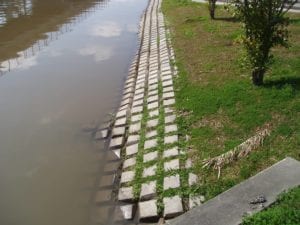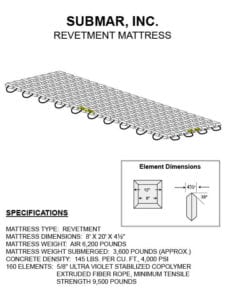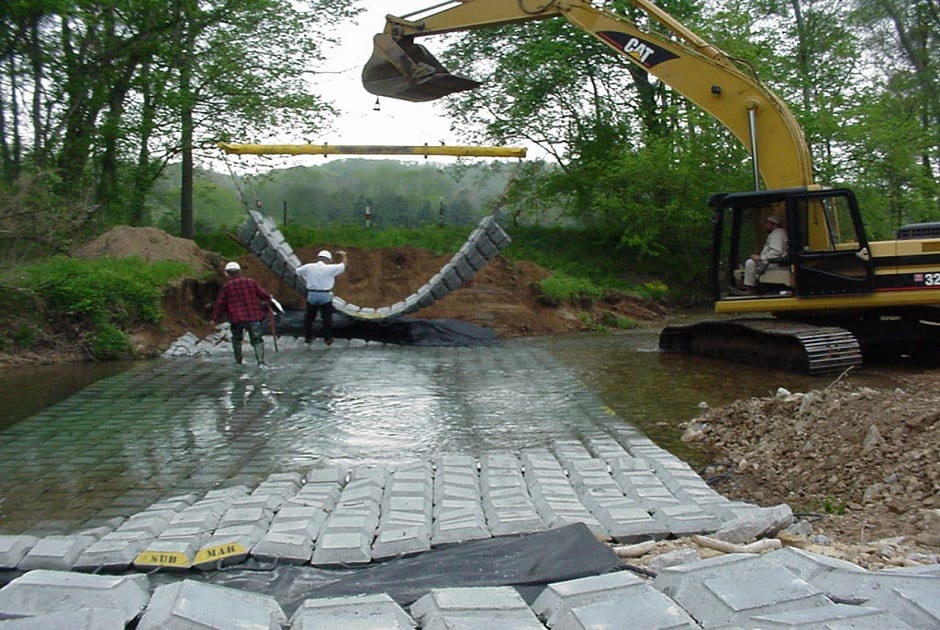In order for pipelines to transport the energy we need across the country, pipelines must sometimes cross rivers. The environmental protection of these rivers is on the minds of Americans, and it’s on the minds of pipeline companies as well. That’s why the industry has started using technically advanced construction methods such as horizontal directional drilling (HDD) to build pipelines that cross sensitive areas.
HDD is a trench-less construction method that involves drilling a path underneath a river or other obstacle (like a road) and basically threading the pipeline underneath. Riverbank stability is another benefit associated with the HDD construction method.
There are many factors to consider when crossing a river:
- Depth of the pipeline: For many companies, the first line of defense against pipeline damage is “depth of cover,” or burying the line far below the surface so it will be unaffected by scouring of the riverbed.
- Pipeline thickness: Pipelines that cross under water are sometimes 30 to 50% thicker than the pipe used for the rest of the route.
- Special coatings: To prevent damage from rocks and debris in the soil and in the moving water, companies use specialized pipeline coatings that are impact-resistant, abrasion-resistant, and highly durable,
Removing the natural covering of vegetation can drastically accelerate erosion; to help fight this type of erosion Submar attacks on several fronts.
First, we study the natural and historical topography of the stream and design accordingly. A pipeline buried in a straight section of a river could actually end up in a bend over time if the natural contours of the waterway are not taken into consideration.
Second, our articulated concrete revetment mats promote the growth of natural plants and trees. Our mats help to mimic the riverbank, which will create stability both immediately and over long periods of time.

The Submar Onshore Mat is an alternative to lowering the line: it is more cost-effective, and the construction will result in less overall disturbance.



